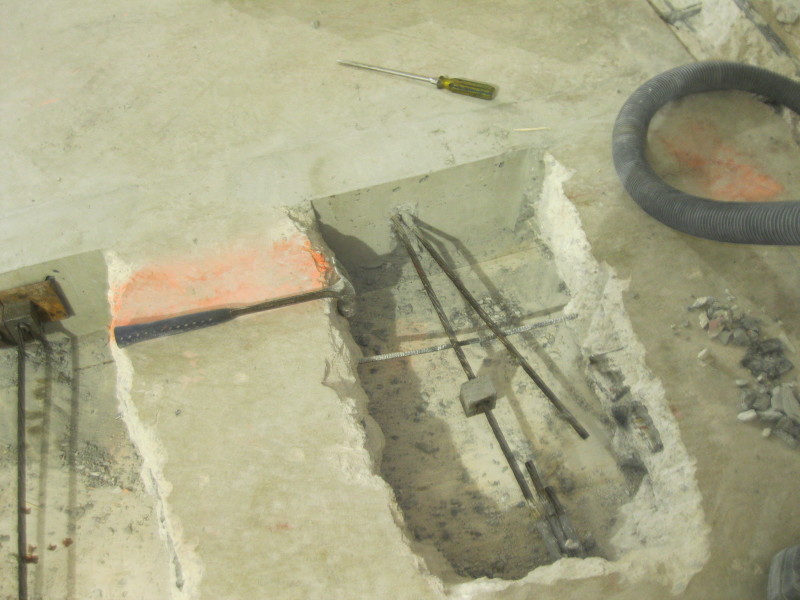Thanks, KootK. I do have that document as part of the ICRI concrete repair manual.
Ingenuity - I kind of figured as much.
It is related to old tendons (1969 - 1970) that are being locked-off for a new stair opening. The measured elongations seem to be in the ballpark. We were looking at about 2-inches total initial elongation, and I measured an average of 1/4" elongation after lock-off and re-pulling. Obviously, that tells me there was a reasonable amount of residual force in the existing tendons for which we only needed to bump up the jacking force equal to about 1/4". One of the tendons was broken (outside the lock-off) and when re-stressed, elongation was approx. 2".
However, the problem came when asking the operator to provide me a lift-off test and back-pressure. But, on nearly every tendon (that wasn't broken) the supposed lift-off pressure was around 1,000 psi. That didn't make sense after pulling a few tendons and measuring the elongations, so I pressed the operator/superintendent about the lift-off pressure. I got no good answer. The language barrier may have been a problem, or he didn't know what he was doing. I was watching the gauge myself, and we weren't getting that initial jump. The equipment was calibrated recently, so I am fairly convinced the operator doesn't understand what a lift-off test is or how to do it. It seems as pressure was building in the system, the wedge was never initially released, and therefore the build-up of pressure appeared to be smooth and uniform up to the 30-kip jack force.
Tendons from new lock-off to end are about 22-ft with no horizontal sweeps. Slab is 8-inches thick.
"It is imperative Cunth doesn't get his hands on those codes."


